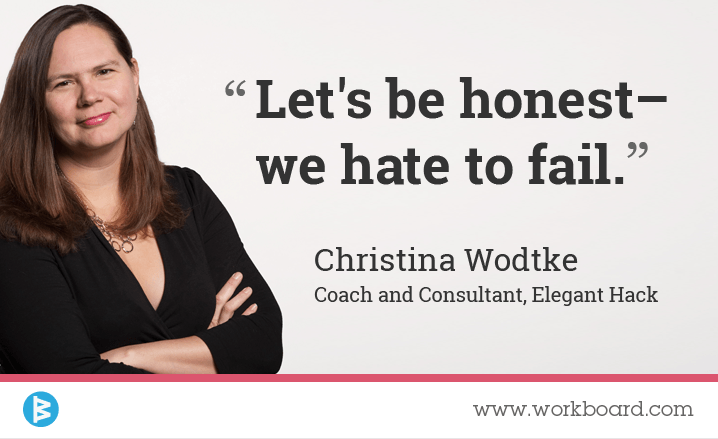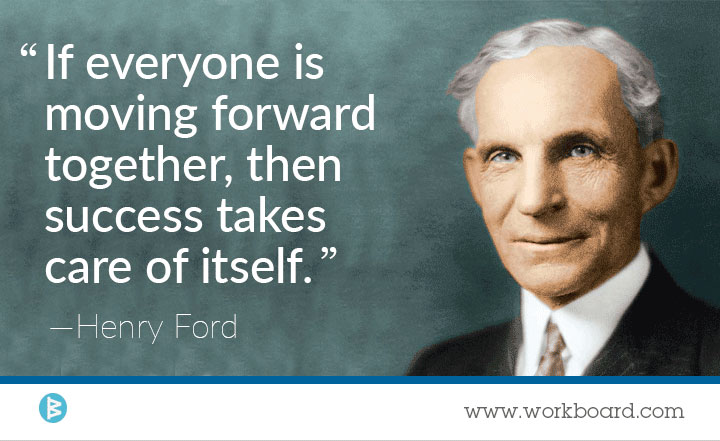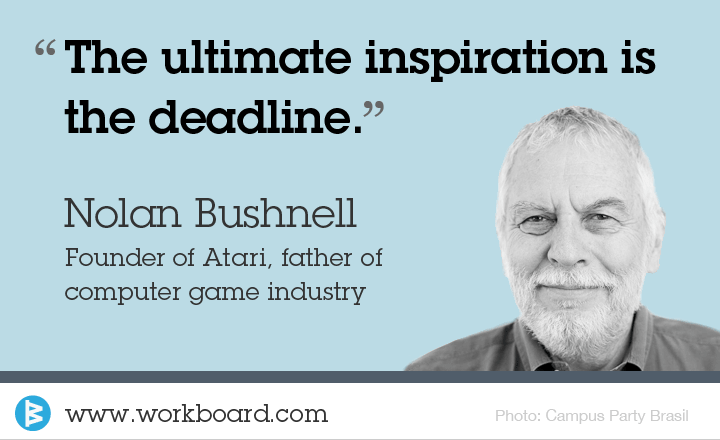
This is a guest blog post from execution and velocity guru Christina Wodtke, who is currently writing a new book about using OKRS (objectives and Key results), predictive roadmaps, and a cadence of celebrations to build high performance teams.
The OKR approach to setting goals has been used at Google, Zynga, General Assembly and beyond and is spreading like wildfire across successful Silicon Valley companies. Those companies that have adopted the approach are growing like weeds. So if you want your company to execute like the hounds of hell are behind them and the gates of Valhalla are open before them, try the OKR approach.
OKR stands for Objectives and Key Results. The form of the OKR has been more or less standardized. The Objective is qualitative, and the KR’s—most often three—are quantitative. They are used to focus a group or individual around a bold goal. The objective sets a goal for a set period of time, usually a quarter. The key results and metrics tell you if the objective has been met by the end of that time.
Before you set OKRs, it is critical your company have a mission. Without a sense of purpose AND a scope to accomplish it, anything you do is equally OK. Once you have a mission, attack it methodically by setting an objective.
1. Set Objectives
Your objective is a single sentence that is:
Qualitative and Inspirational
The objective or goal is designed to get people jumping out of bed in the morning with excitement. While CEOs and VCs may jump for joy over a 3% gain in conversion, most mere mortals get excited by a sense of meaning and progress. Use the language of your team. If they want to “crush it” or “kill it,” use that wording.
Time Bound
This means doable in a month or a quarter. You want to have a clear sprint toward a goal. If your objective takes a year it may actually be a strategy, or even a mission.
Actionable by the Team Independently
This is less of a problem for start-ups, but bigger companies often struggle because of interdependence. Your objectives and goals have to be truly yours, and you can’t have the excuse that “Marketing didn’t market it.”
Some good objectives are:
- Control the direct-to-business coffee retail market in the South Bay
- Launch an awesome MVP
- Transform Palo Alto’s coupon using habits
- Close a round that lets us kill it next quarter
Whereas some poor objectives might be:
- Sales numbers up 30%
- Double users
- Raise a series B of 5M
Why are those bad objectives bad? Probably because they are actually key results.
2. Key Results
Key results take all that inspirational language and quantify it. You create them by asking the simple question “How would we know if we met our objective?” This causes you to define what you mean by “awesome” “kill it” or “crush it.” Typically you have three key results. Metrics can be based on:
- Growth
- Engagement
- Revenue
- Performance
With KRs you can balance forces like growth and performance, or revenue and quality, by making sure you have the potentially opposing forces represented.
A goal like “Launch an Awesome MVP” might have KR’s of:
- 40% of users come back twice in one week
- Recommendation score of 8
- 15% conversion
Notice how hard those are? KRs should be difficult but not impossible. One great way to do this is to set a confidence level of five of ten on an OKR. A confidence level of one means “never gonna happen my friend.” A confidence level of ten is also known as sandbagging. You are looking for a sweet spot, where you are pushing yourself and your team to do bigger things and where you have a 50/50 shot of failing.
Take a look at your KRs. if you are getting a funny little feeling in the pit of your stomach saying “It would take a miracle to hit all three of these…” then you are probably setting them correctly. If you look at them and think “we’re doomed” you’ve set them too hard. If you look them and think “I can do that with some hard work,” they are too easy.
3. What Makes OKRs Work?
OKRs are aligned across the organization. The company should set a OKR, and then each team should determine how their OKR leads to the company’s successful OKR. They can focus on a single key result or try to support the entire set. For example, engineering might decide satisfaction is tightly connected with speed (and they’d be right.) So set an OKR like "Performance Upon Launch Equivalent to an Established Company":
- 99.8% uptime
- <1 second response time
- Instantaneous perceived load time (measure by survey, 90% users say page loaded “immediately”)
(I’m not an engineer so please do not mock my KRs too hard!)
As you can imagine some teams, like product management, can easily align their OKRs with the company OKRs, while others may have to dig a little more to make sure they are supporting the company goal. Much of the value in OKRs comes from the conversations on what matters, how that’s measured and what it means for some teams who are often used to working with their own standards. Customer service, design, and engineering often have to work a little harder to find meaningful OKRs that force them to grow, but it can and should be done.
Each individual should set personal OKRs that reflect personal growth and support the company’s goals. A product manager who decides she wants to “get great at sales” might choose KRs of completing training with a high score and personal conversion rate improvement.
4. OKRs Are Part of Your Regular Rhythm
When people fail, it’s often because they set OKRs at the beginning of the quarter, and then forget about them until the end of the quarter. In between you are barraged by teammate requests, the CEO sending you articles, customer requests… There are always 101 interesting ways to spend your time that do not lead to success. I highly recommend baking your OKRs into your weekly team meetings (if you have them) and your weekly status emails. Adjust your confidence levels every single week. Have discussions about why they are going up or down.
Do not change OKRs halfway through your bounded time period. Suck it up and either fail or blow past them, and use that learning to set them better next time. No team gets OKRs perfect the first time. You are aiming to achieve 1-2 of the three KRs for you objective. Changing them dilutes focus, and keeping teams focused is the entire point of the OKR. Some companies have two or three OKRs, but I recommend starting (and perhaps staying with) only one company OKR, and one supporting OKR set per team.
Let’s be honest—we hate to fail. Everyone in Silicon Valley gives lip service to failure, but really we still don’t like it. OKRs aren't just about hitting targets but about learning what you are really capable of. They are there to push you to do better. And honestly, if you missed the KR of 15% conversion but got 10%, are you heart broken? It’s a great metric, and you’ve learned a ton about what works and what doesn’t. Compare that to the goal you thought you could make, maybe 2% conversion because you’d been reading the 80/20 articles. If you shoot for the moon you may not make it, but it's a hell of a view.
Objectives and Key Results are a tested and powerful way to accelerate your company’s growth after you’ve found product market fit, or to focus the search as you explore. I recommend them highly for anyone who seeks to accomplish extraordinary things.
Check out WorkBoard — it can make achieving awesome execution easier by keeping OKRs visible, tracking the plans and actions to achieve them and automating weekly status reporting against them. Just makes it easier to focus on the mission to the moon!
— Christina Wodtke, velocity guru for WorkBoard, Coach and consultant at Elegant Hack
This article was originally published on Elegant Hack.
About the author

Execution and Velocity Guru
Christina Wodtke’s goal is to bring great products into the world. She is an Advisor at WorkBoard and was General Manager of Zynga.com and of Social at Myspace, Principal Product Manager at LinkedIn, and Senior Director of Design at Yahoo. Wodtke is currently working on her second book—The Executioner’s Tale—about using OKRs, predictive roadmaps, and a cadence of commitment and celebration to build higher performance teams. She writes at www.eleganthack.com










